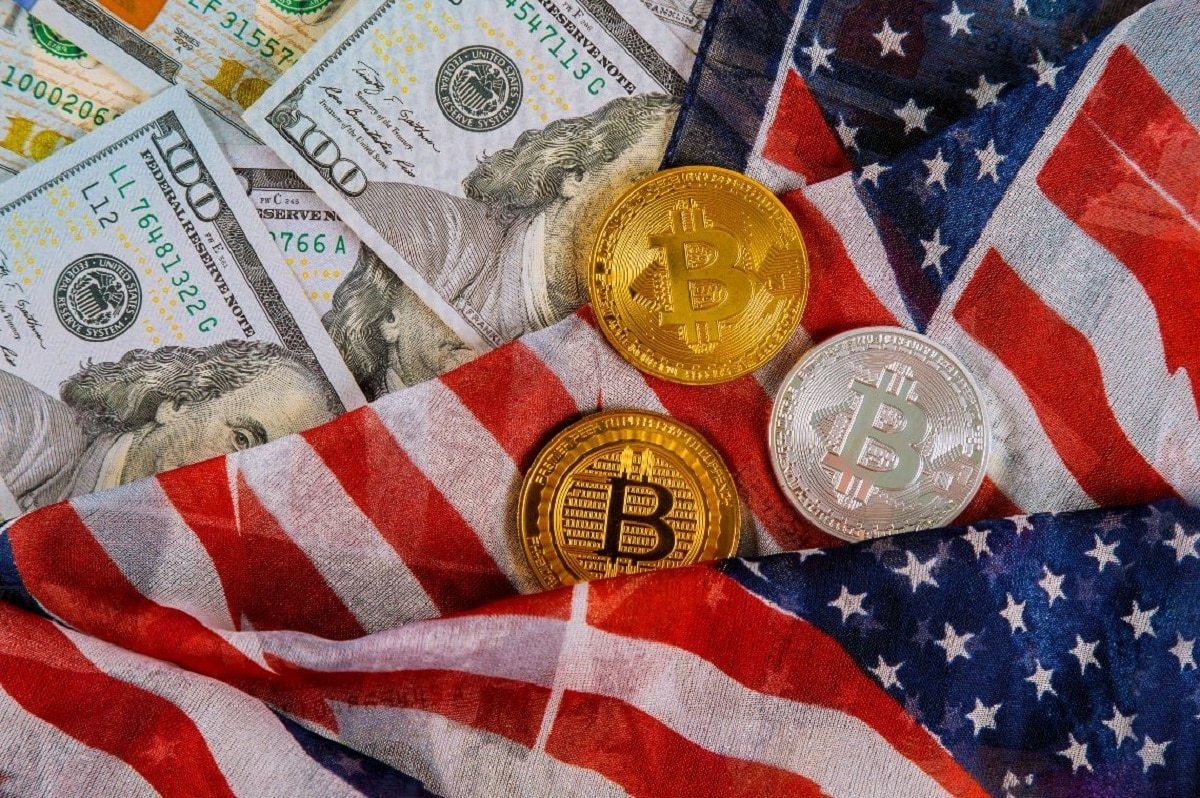
In a recent op-ed in the Wall Street Journal, former House Speaker Paul Ryan proposed an unconventional solution to the US's escalating debt crisis: stablecoins.
Ryan, who has long been vocal about the nation's rising debt, warned that there would be a day when the Fed could hold a Treasury auction to shore up its balance sheet but fail to find buyers. He noted that traditional buyers of US debt, such as China and Saudi Arabia, were starting to pull back, threatening the dollar's status as the world's reserve currency.
The obvious solution, according to Ryan, would be to reform Social Security and Medicare spending. But this is a politically sensitive issue that neither Trump nor Biden are willing to address. As a result, Ryan proposed an alternative solution: the adoption and promotion of stablecoins.
Stablecoins, which are cryptocurrencies pegged to a stable asset such as the US dollar, have gained popularity in countries such as Nigeria and Argentina, where citizens have become wary of local currencies due to economic instability.
According to Ryan, these currencies are cheap, easy to transfer, and embody American values of freedom and transparency.
However, Ryan did not mention a major drawback of stablecoins: that they are difficult, if not impossible, to be controlled by the US Treasury. Their spread could undermine the government's ability to use tools such as the SWIFT banking system to impose sanctions. Despite this, Ryan believes that the benefits of adopting stablecoins will likely outweigh the drawbacks.
Additionally, if issuers of fiat-backed dollar stablecoins like Tether, USDC, and PayPal were a country, their debt assets in the U.S. would exceed those of Saudi Arabia, according to Ryan. Ryan argued that as other countries seek to strengthen their currencies and divest U.S. Treasury debt, the United States will need to find new ways to make the dollar more attractive. According to Ryan, dollar-backed stablecoins could be part of the solution.
This is not investment advice.


 DogeHome
DogeHome Optimisus
Optimisus Crypto News Land
Crypto News Land Optimisus
Optimisus Cryptopolitan_News
Cryptopolitan_News Cryptopolitan
Cryptopolitan






















